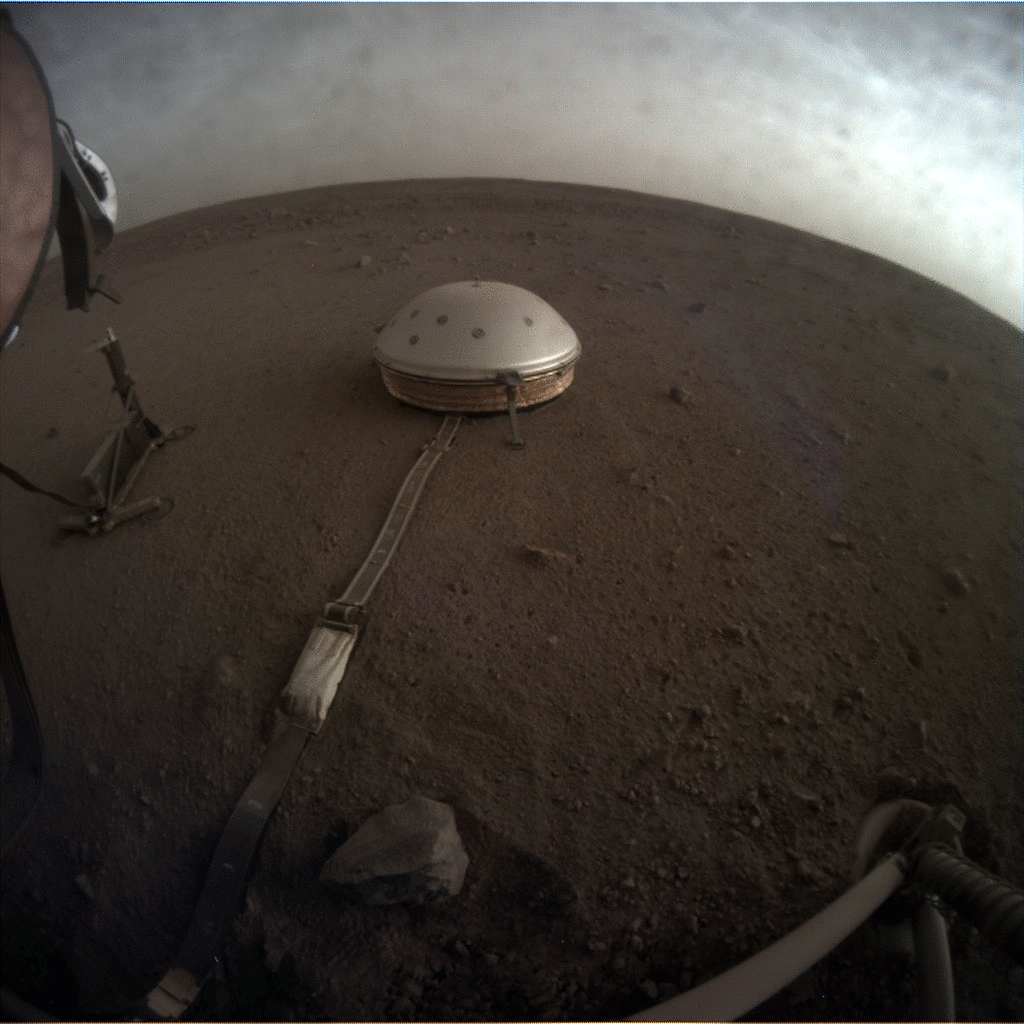Subtotal: 648,80€ (incl. VAT)
We just got our best-ever look at the inside of Mars
NASA’s InSight robotic lander has just given us our first look deep inside a planet other than Earth.
More than two years after its launch, seismic data that InSight collected has given researchers hints into how Mars was formed, how it has evolved over 4.6 billion years, and how it differs from Earth. A set of three new studies, published in Science this week, suggests that Mars has a thicker crust than expected, as well as a molten liquid core that is bigger than we thought.
In the early days of the solar system, Mars and Earth were pretty much alike, each with a blanket of ocean covering the surface. But over the following 4 billion years, Earth became temperate and perfect for life, while Mars lost its atmosphere and water and became the barren wasteland we know today. Finding out more about what Mars is like inside might help us work out why the two planets had such very different fates.
“By going from [a] cartoon understanding of what the inside of Mars looks like to putting real numbers on it,” said Mark Panning, project scientist for the InSight mission, during a NASA press conference, “we are able to really expand the family tree of understanding how these rocky planets form and how they’re similar and how they’re different.”
Since InSight landed on Mars in 2018, its seismometer, which sits on the surface of the planet, has picked up more than a thousand distinct quakes. Most are so small they would be unnoticeable to someone standing on Mars’s surface. But a few were big enough to help the team get the first true glimpse of what’s happening underneath.

NASA/JPL-CALTECH
Marsquakes create seismic waves that the seismometer detects. Researchers created a 3D map of Mars using data from two different kinds of seismic waves: shear and pressure waves. Shear waves, which can only pass through solids, are reflected off the planet’s surface.
Pressure waves are faster and can pass through solids, liquids, and gases. Measuring the differences between the times that these waves arrived allowed the researchers to locate quakes and gave clues to the interior’s composition.
One team, led by Simon Stähler, a seismologist at ETH Zurich, used data generated by 11 bigger quakes to study the planet’s core. From the way the seismic waves reflected off the core, they concluded it’s made from liquid nickel-iron, and that it’s far larger than had been previously estimated (between 2,230 and 2320 miles wide) and probably less dense.
Another team, led by Amir Khan, a scientist at the Institute of Geophysics at ETH Zurich and at the Physics Institute at the University of Zurich, looked at the Martian mantle, the layer that sits between the crust and the core. They used the data to determine that Mars’s lithosphere—while similar in chemical composition to Earth’s—lacks tectonic plates. It is also thicker than Earth’s by about 56 miles.
This extra thickness was most likely “the result of early magma ocean crystallization and solidification,” meaning that Mars may have been quickly frozen at a key point in its formative years, the team suggests.
A third team, led by Brigitte Knapmeyer-Endrun, a planetary seismologist at the University of Cologne, analyzed the Martian crust, the layer of rocks at its surface. They found while its crust is likely very deep, it’s also thinner than her team expected.
“That’s intriguing because it points to differences in the interior of the Earth and Mars, and maybe they are not made of exactly the same stuff, so they were not built from exactly the same building blocks,” says Knapmeyer-Endrun.
The InSight mission will come to an end next year after its solar cells are unable to produce any more power, but in the meantime, it’s possible even more of Mars’s inner secrets will be unveiled.
“Regarding seismology and InSight, there are also still many open questions for the extended mission,” says Knapmeyer-Endrun.


